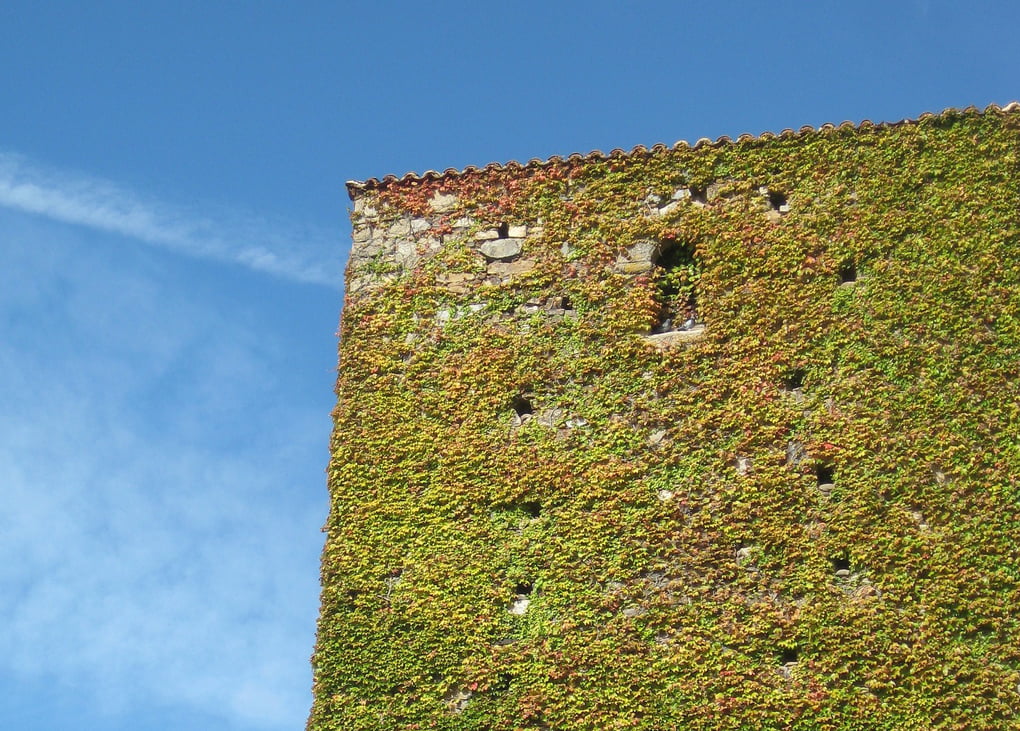A study conducted at the University of Plymouth, UK, has revealed retrofitting existing building walls with a living wall could reduce heat loss by more than 30 per cent.
The researchers retrofitted a green wall at the university on a pre-1970s building, and monitored the differences in heat lost between the retrofitted wall and a normal wall. Both had a west-facing elevation.
It was found that the retrofitted wall lost 31.4 per cent less heat than the wall on the original structure. It was also discovered that the temperature remained more stable behind the green wall.
Dr Matthew Fox, the study’s lead author and a researcher in sustainable architecture, says that living walls could play an important role in reducing energy use in older buildings. He estimates that 57 per cent of all buildings in England were built before 1964.
“It is our existing buildings that require the most energy to heat and are a significant contributor to carbon emissions,” he says.
Fox believes it is essential that the industry begins to improve the thermal performance of existing buildings.
In the UK, approximately 17 per cent of greenhouse gas emissions are caused by buildings. The researchers note that this will have to be addressed if the UK is to achieve its 2050 net zero targets.
The study is one of the first to establish the impact living walls have on the thermal environment. The researchers are now exploring low-carbon solutions through research and support for local enterprises.
Another author of the study, Dr Thomas Murphy, says “green infrastructure” is a potential nature-based solution that provides an opportunity to tackle climate change, air pollution and biodiversity loss, while facilitating low-carbon economic growth.
He points out, however, that these living wall systems must be optimised to obtain maximum environmental benefits and reduce some of the sustainability costs.
For more information and to read the study, click here.



Leave a Reply